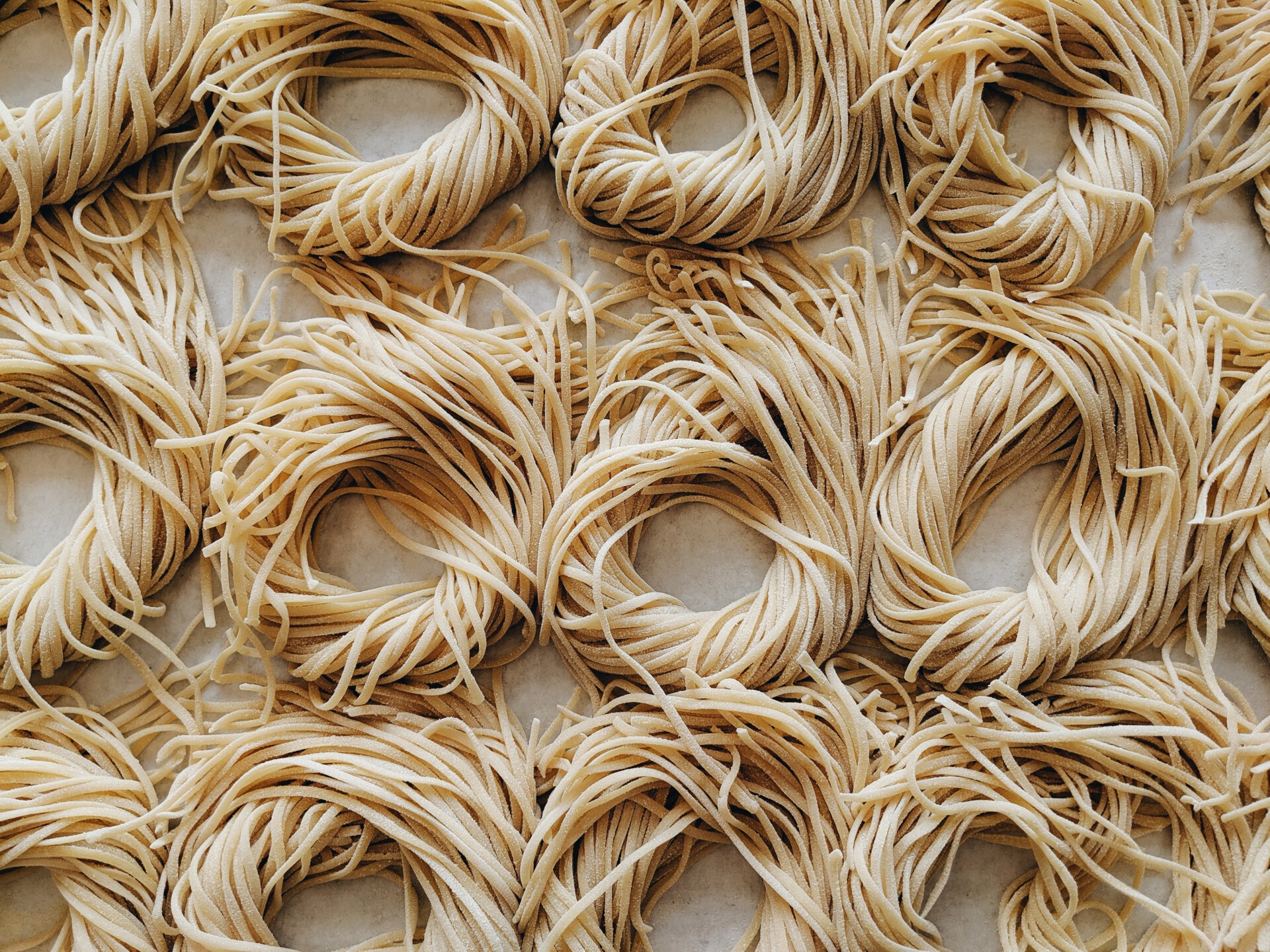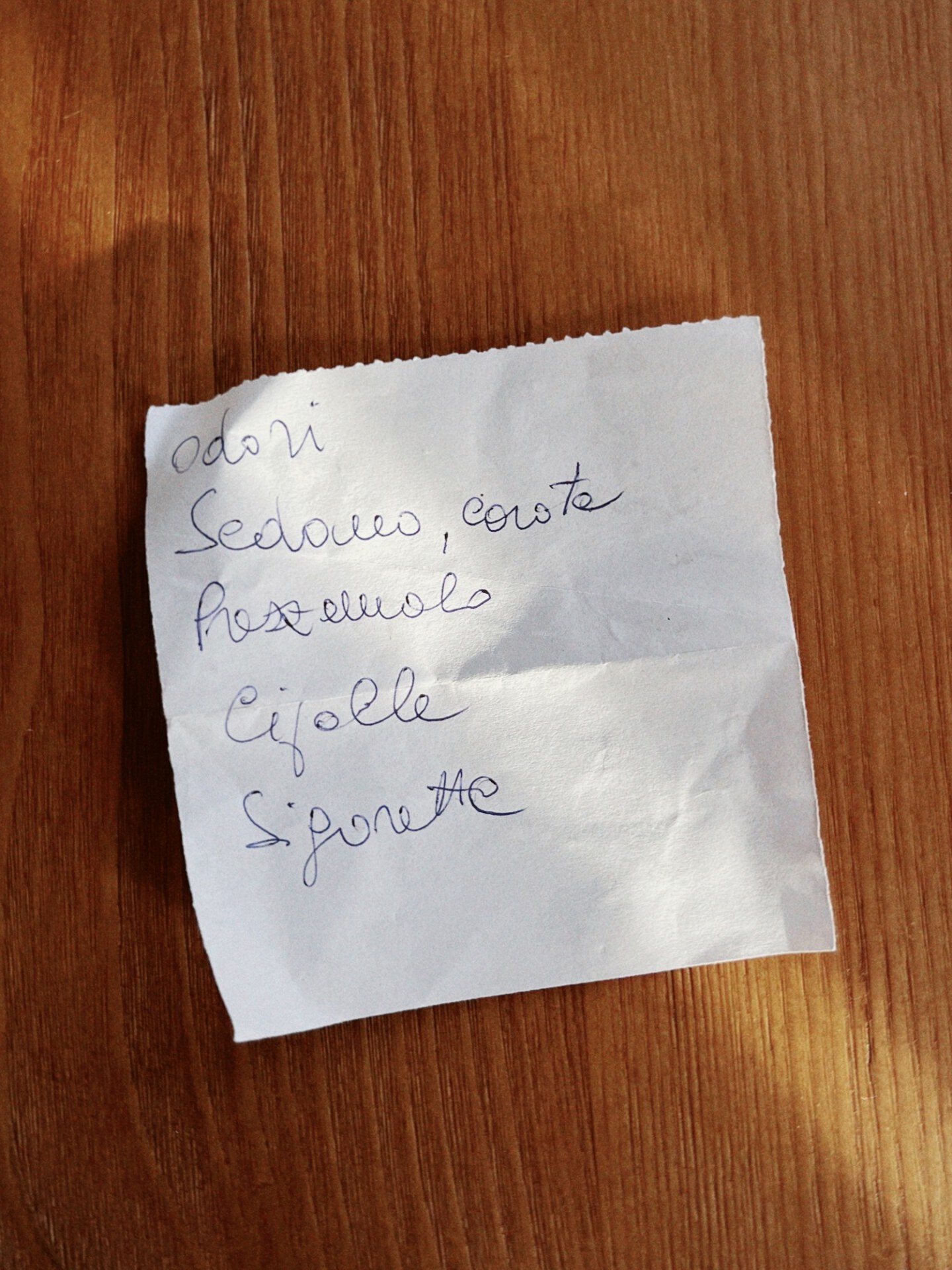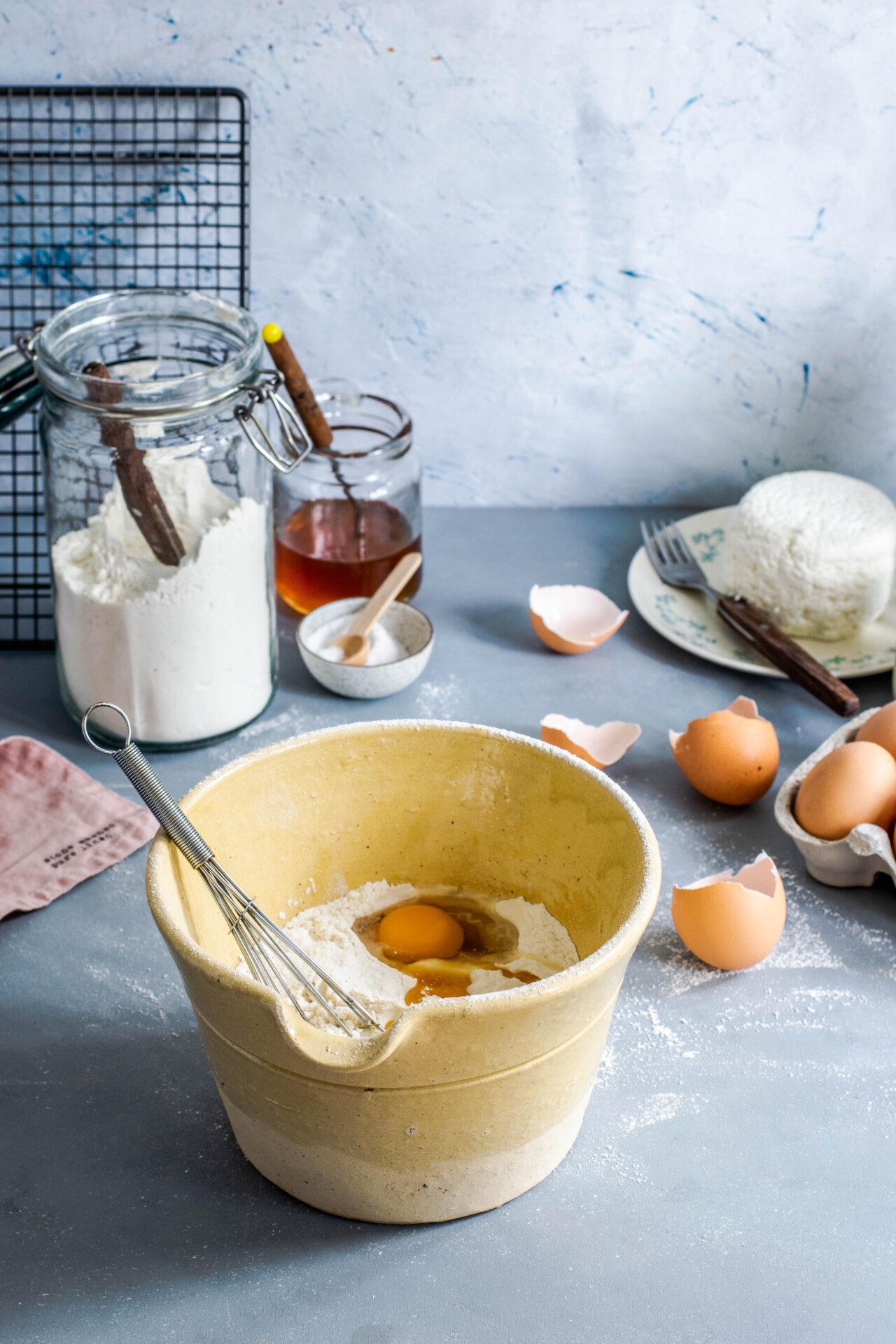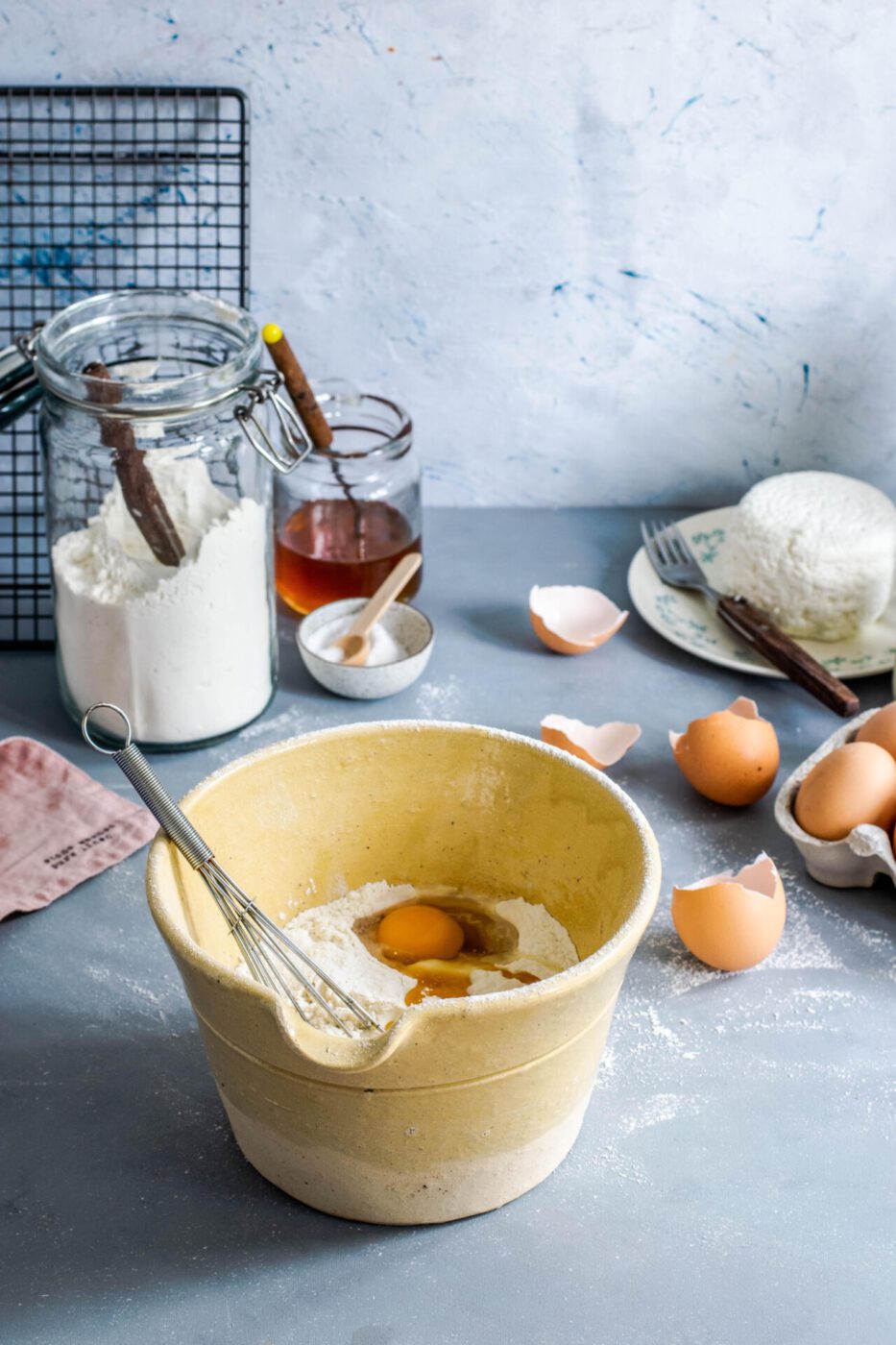“Add a bit more oil,” my mum says, looking over my shoulder as I fry zucchini in a pan. “And leave them in for a little longer.”
“How much is a bit?” I ask. “A spoon? Two?”
“A bit is a bit,” she replies, trying her best not to take over. “Do it until it looks right.”
Welcome to Cooking 101 with an Italian mother, where measurements don’t exist, and “doing it until it looks right” is the baseline for whatever dish you’re attempting to make (in my case, Neapolitan-style zucchine alla scapece).
The no-recipe recipe, as I like to call it, is a classic of Italian kitchens everywhere, all the more so if mothers and grandmothers are involved. It’s the “method” by which just about anything—pasta, side dishes, secondi—has been made for generations and the way so many of us have first learned to cook. To me, the no-recipe recipe is Italian home cooking.
Looking back at the history of the boot-shaped country—especially that of our most rural regions—it makes sense. In agrarian Italy during the late 19th and early 20th centuries, literacy rates were strikingly low—just 12% in Basilicata, for example, at the turn of the century. Until 1911, when elementary education was centralized and made compulsory, literacy in Southern Italy remained roughly half that of the North. Unable to read or write, women—because it was always women—learned about food not from books or notes, but through inherited knowledge: passed down orally and visually in flavors, scents, and instincts.
Often forced to work with only a few items from their pantry (it’s called cucina povera for a reason), older generations turned cooking into an improvisational affair—something to tweak and riff on depending on what was available. In this make-do approach, “by eye, not by rule” became their watchword—the most natural form of cooking.
Through the decades—and countless sessions in the kitchen—it has remained so.

“Look and feel” was what my grandma swore by whenever she cooked, regardless of the meal. Believing her instincts would never fail her, she even used the no-recipe recipe to bake, making her famous ciambelline al vino (wine cookies) with no scales, cookbooks, or measuring cups in sight. When I once tried to write her recipe down, I had to stand beside her through every step—she had no clue about grams or any other form of measurement.
My mum is very much the same: from frittata to caponata to polpette, she’s constantly going off script, adding, tinkering, stirring, or leaving to set until it “looks” done. The best part: she (and my nonna too) never gets it wrong.
Which is why, as I’ve been reacquainting myself with Italian cuisine after two decades abroad, I’ve made the no-recipe recipe my own guiding light in the kitchen. And I think everyone else should too. In today’s prescriptive, recipe-obsessed food culture, the no-recipe approach encourages a freer, more intuitive attitude toward cooking—and makes it fun.
“You learn through watching, listening, and doing,” my mum tells me as she delivers the last set of her freewheeling instructions for the zucchine alla scapece. “It’s about understanding the technique and then making it your own.”
In other words: a recipe is a guide, not a strict set of steps to abide by.
Turns out, however, that one of the most memorable parts of the no-recipe recipe isn’t what ends up on the plate. Learning in person, side by side with my mum, means we get to spend more time together. I can see she enjoys it—and so do I. And I bet my grandma did too. In sharing fast-and-loose directions by the stove, cooking becomes a collective moment rather than a solitary task—a chance to show off one’s skills and to hand down an oral history that isn’t just food-related, but personal too.
“I used to eat these with scrambled eggs when I got home from school,” my mum tells me as we plate the zucchini. “Though I cooked the eggs in secret, when your grandma wasn’t around, as I wasn’t supposed to have them as an afternoon snack. I made them with jammy tomatoes and melted mozzarella on top. Want me to teach you?”
And so we get started on another no-recipe recipe while she chats about her childhood.
I take mental notes, both of the food and her stories, so that one day I can pass them on to someone else. In that, her no-recipe recipes beat any cookbook I’ll ever lay my hands on.
Zucchine alla Scapece
As taught by my mum
Slice zucchini into rounds—as many as you want, because the dish lasts a long time!—and fry in sunflower oil until they look golden. Transfer onto a plate and wipe any excess oil with a kitchen towel. In a glass container, add some olive oil, minced garlic (at least two cloves worth), vinegar, and a pinch of salt. You can do half olive oil and half vinegar—it’s up to what you think is best. Stir well. Throw the zucchini into the glass container and mix with the emulsion you’ve just made. Done.
Eggs with Jammy Tomatoes and Mozzarella
As taught by my mum
Slice up some tomatoes however you like. Add to a pan with some olive oil, and let them cook till they get jammy. Add some sliced mozzarella. When the cheese is almost all melted, add the eggs and scramble them. Season with a bit of salt, and when the eggs look cooked—it will take just a few seconds!—remove from the heat. Eat with bread, straight from the pan.




